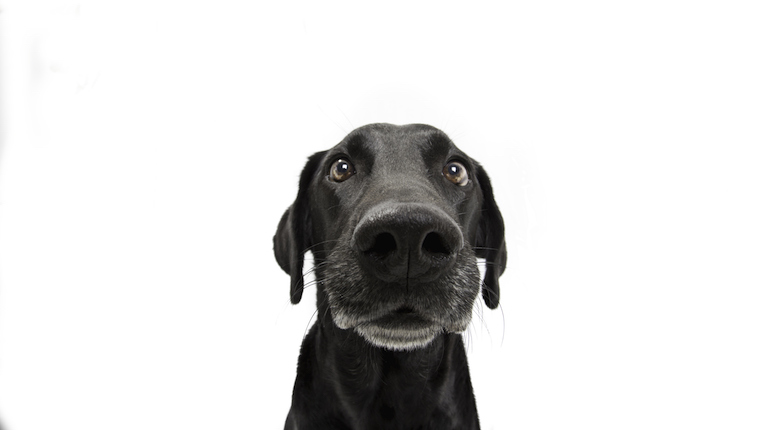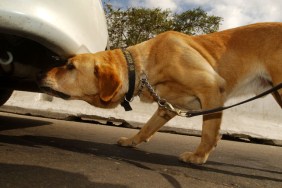
At the National Institute of Standards and Technology (NIST), engineers effectively used dog biomimicry to enhance particle detection technology.
For a long time, people have known that dogs’ sense of smell is superior to ours, but…


At the National Institute of Standards and Technology (NIST), engineers effectively used dog biomimicry to enhance particle detection technology.
For a long time, people have known that dogs’ sense of smell is superior to ours, but…



